Your cart is currently empty!
Biology
This introductory college-level Biology course tests the student’s knowledge and understanding of fundamental biology topics, including the scientific method, cell structure and function, genetics, and evolution.
1,597 already enrolled

9 Modules
Gain insight into a topic and learn the fundamentals.
Introduction level
Recommended experience
Flexible Schedule
144 hrs, 16 hrs/wk
This introductory college-level Biology course tests the student’s knowledge and understanding of fundamental biology topics, including the scientific method, cell structure and function, genetics, and evolution. Other key biology topics, such as biological chemistry, cellular metabolism, molecular biology, comparative animal biology, introductory microbiology, plant anatomy and physiology, and general principles of ecology will be introduced as well.
Skills you’ll gain
Writing and Communication Skills
Critical Thinking and Analysis
Research and Information Literacy
Details to know
Shareable certificate
Add to your LinkedIn profile
Assessments
17 assessments
Taught in English
Taught in English
After completing this course, you will be able to:
- Recognize, interpret, and apply major biological topics, including those in cellular biology, genetics, ecology, and evolution.
- Differentiate the steps of the scientific method and show how it is applied in biological sciences.
- Interpret historical events and experiments that contributed to our current understanding of biological sciences.
- Identify and define key facts, principles, processes, and theories in biology.
- Distinguish the interrelationships between different subjects within biology, including cellular biology, chemistry, molecular biology, microbiology, botany, comparative animal biology, genetics, evolution, and ecology.
Earn a career certificate
Add this credential to your LinkedIn profile, resume, or CV
Share it on social media and in your performance review

There are 9 modules in this course
Readings come from:
Biology, 14th Edition (2024 Release), by Mader, Sylvia, McGraw-Hill Education. [Available in your Canvas course via McGraw Hill Connect]
- Reading: Chapters 1-8
- Assessments: 1 Assignment and 1 Quiz
- Lecture Videos: 4
- Reading: Chapters 9-14
- Assessments: 1 Assignment and 1 Quiz
- Lecture Videos: 3
- Reading: (please follow this order) Chapters 31, 39, 35, 34, 36-38
- Assessments: 1 Assignment and 1 Quiz
- Lecture Videos: 3
- Reading: Chapters 32, 33, 40-42
- Assessments: 1 Assignment and 1 Quiz
- Lecture Videos: 2
- Reading: Chapters 15-19
- Assessments: 1 Assignment and 1 Quiz
- Lecture Videos: 2
- Reading: Chapters 20-27
- Assessments: 1 Assignment and 1 Quiz
- Lecture Videos: 3
- Reading: Chapters 28-30, 43
- Assessments: 1 Assignment and 1 Quiz
- Lecture Videos: 3
- Reading: Chapters 44-47
- Assessments: 1 Assignment and 1 Quiz
- Lecture Videos: 3
Recommended for you!

American Government
This time we will build an e-commerce application with the Laravel PHP Framework and the Flutter SDK. Laravel makes…
Jimmy Chairperson
$321

College Algebra
Ready or not, English is the language of business globally. In addition to communicating, if you can master it well…
Leon Delaney
$273

Developmental Pyschology
When building an application, before we publish it, we need to do usability-testing first. The goal is to make sure the flow, design…
Dasha Thikomirova
$185
Where Learning Begins
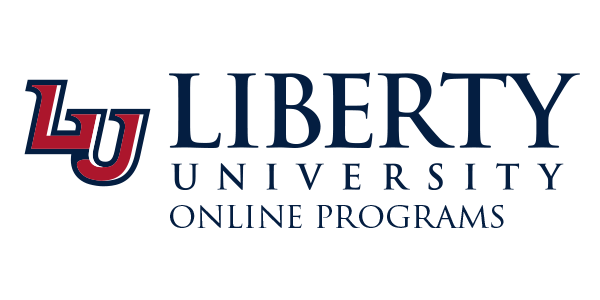
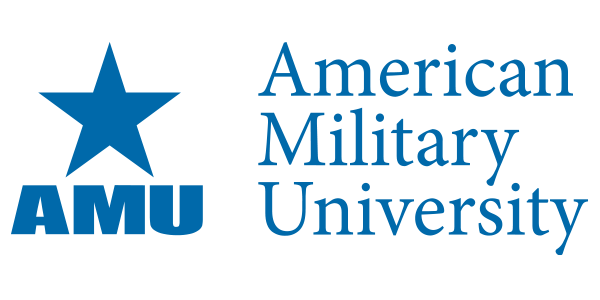


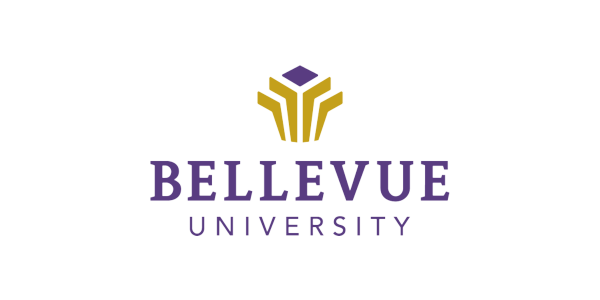

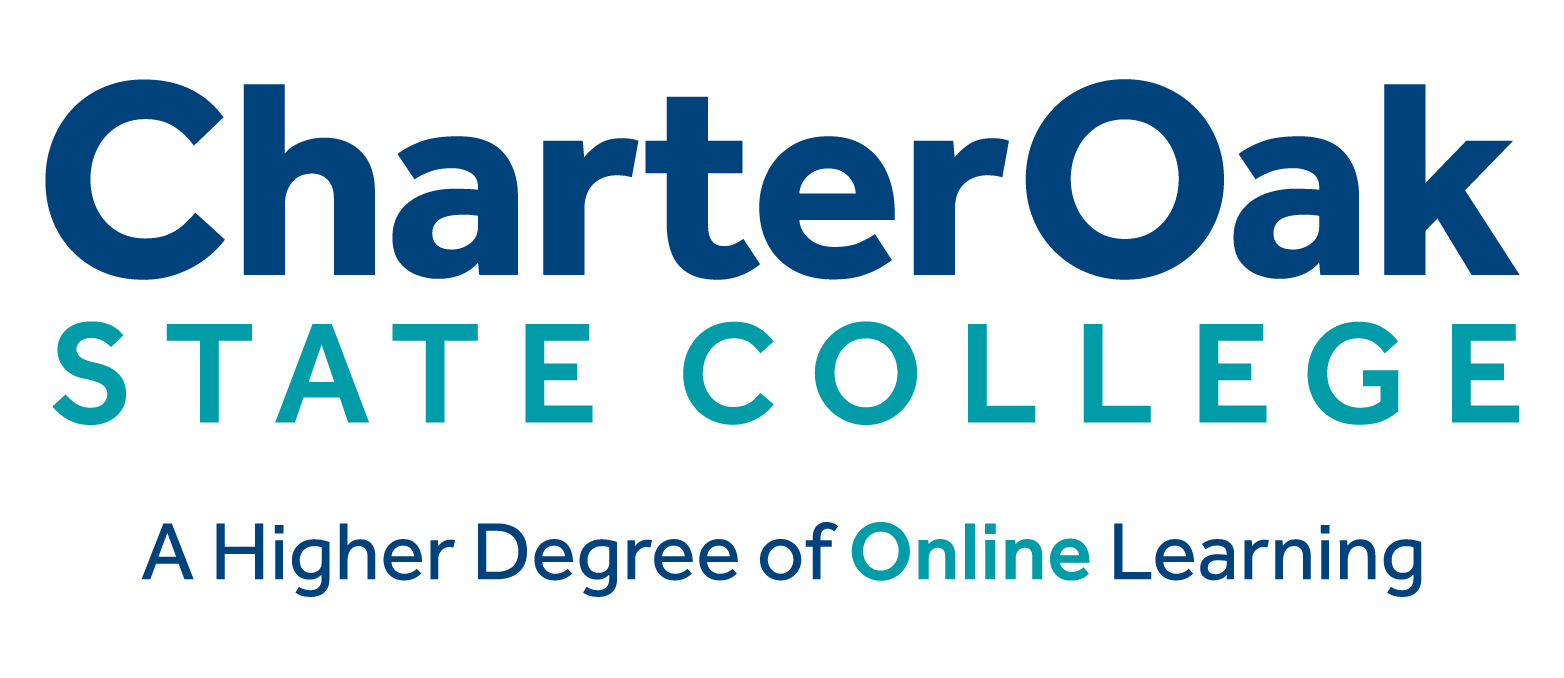
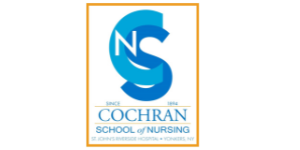






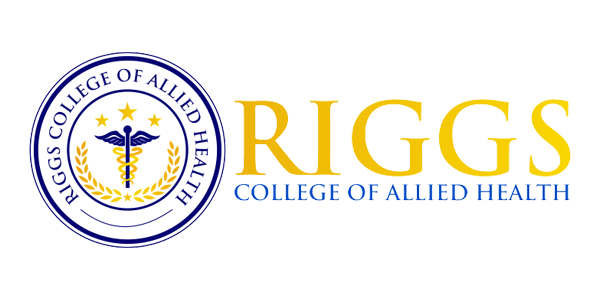

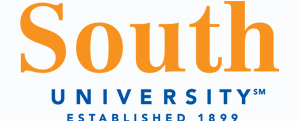
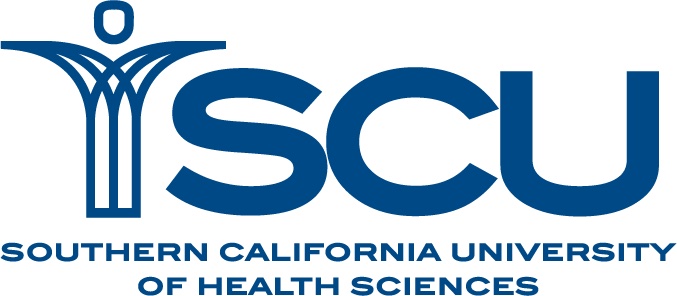

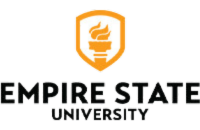






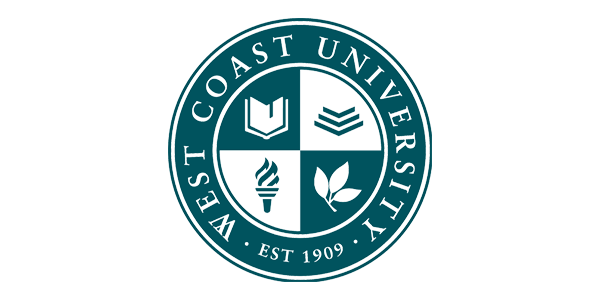


Frequently Asked Questions
You will find here the answers to the frequently asked questions and our community guidelines, which allow us to study in a motivating and secure environment
-
What degrees can Distance Learning System’s ACE course credits transfer to?
Distance Learning Systems has over 30 University and College affiliations which guarantee credit transfer to over 500 degree programs. DLSI and our network of colleges/universities have agreed upon courses that transfer to the college’s degree programs. With that said, the courses you take at DLSI will be determined based on the degree and affiliate school that is chosen by the student. Our Program Administrators will guide and advise you on the selection of degree programs, affiliate schools, and courses needed. DLSI is able to guarantee course transfer due to the agreements in place with our network of colleges and universities. If your college/university of choice is not among our affiliate list, credits can transfer into non-affiliate schools based on their ACE transfer policy. To see the degrees offered through Distance Learning Systems click here – [invalid URL removed]rn
Where are college and university affiliate sites located?
Lorem Ipsum is simply dummy text of the printing and typesetting industry. Lorem Ipsum has been the industry’s standard dummy text ever since the 1500s, when an unknown printer took a galley of type and scrambled it to make a type specimen book. It has survived not only five centuries, but also the leap into electronic typesetting, remaining essentially unchanged. It was popularised in the 1960s with the release of Letraset sheets containing Lorem Ipsum passages, and more recently with desktop publishing software like Aldus PageMaker including versions of Lorem Ipsum.
Can we provide a map of the list of sites?
Lorem Ipsum is simply dummy text of the printing and typesetting industry. Lorem Ipsum has been the industry’s standard dummy text ever since the 1500s, when an unknown printer took a galley of type and scrambled it to make a type specimen book. It has survived not only five centuries, but also the leap into electronic typesetting, remaining essentially unchanged. It was popularised in the 1960s with the release of Letraset sheets containing Lorem Ipsum passages, and more recently with desktop publishing software like Aldus PageMaker including versions of Lorem Ipsum.rnrn
What should I do if I can’t log in to Canvas?
Lorem Ipsum is simply dummy text of the printing and typesetting industry. Lorem Ipsum has been the industry’s standard dummy text ever since the 1500s, when an unknown printer took a galley of type and scrambled it to make a type specimen book. It has survived not only five centuries, but also the leap into electronic typesetting, remaining essentially unchanged. It was popularised in the 1960s with the release of Letraset sheets containing Lorem Ipsum passages, and more recently with desktop publishing software like Aldus PageMaker including versions of Lorem Ipsum.